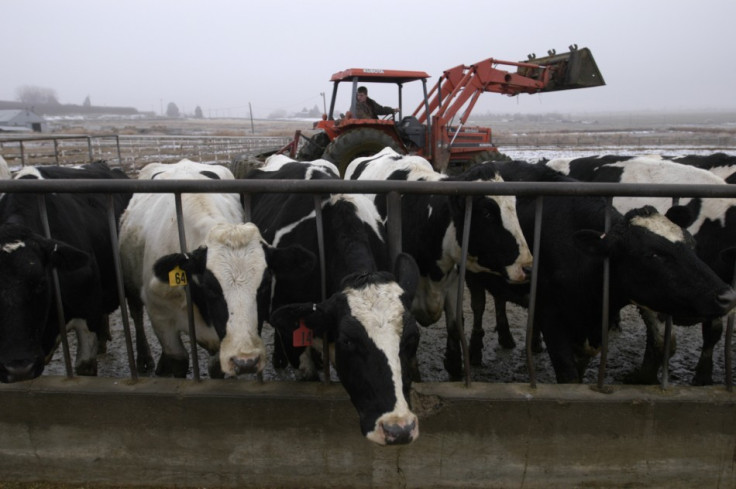Daisy the Mutant Cow Created to Battle Milk Allergies

New Zealand researchers are engineering a herd of mutant cows capable of producing high-protein milk with potentially hypo-allergenic properties.
AgResearch, the company that successfully cloned Dolly the sheep in 1996, has genetically engineered a cow named Daisy, whose milk carries a reduced amount of beta-lactoglobulin (BLG).
BLG is a milk whey protein not present in human breast milk, which can cause allergic reactions.
Research shows that two to three per cent of infants are allergic to cow's milk, and BLG is a major cause of these allergies.
Commenting on the research, Professor Graham le Gros, director of the Malaghan Institute, said: "This outstanding breakthrough has enormous implications due to its potential to reduce the significant impact milk allergies have on our children and neatly avoids the concerns associated with genetic modification of the milk proteins themselves."
96 percent reduction
The scientists first tested the process on mice, which resulted in a 96 percent reduction in BLG in the mouse milk.
Daisy was then created by the researchers. In order to do this they took a cow skin cell, which was then genetically modified. The cell was then transferred into a cow egg and transplanted into the womb of a surrogate mother.
This method, however, is not very efficient and out of the 100 implanted embryos, only Daisy survived. Daisy is physically normal apart from missing a tail.
Scientists induced the cow to lactate and, after testing the milk, they found it was lower in BLG and - unexpectedly - had twice the amount of casein, which is often used as a protein supplement.
Dr Stefan Wagner, one of the lead authors on the paper, said: "People have long looked into reducing this enigmatic protein, or completely knocking it out, because there has been no definitive function able to be assigned to it. So, we developed this scientific model to investigate the effect of knocking BLG protein out on the composition and functional properties of milk, and to determine whether the absence of BLG produces cow's milk that is hypo-allergenic.
"We now want to breed from Daisy and determine the milk composition and yield from a natural lactation. We also want to investigate the origin of Daisy's taillessness, a rare congenital disease in cows."
© Copyright IBTimes 2025. All rights reserved.






















